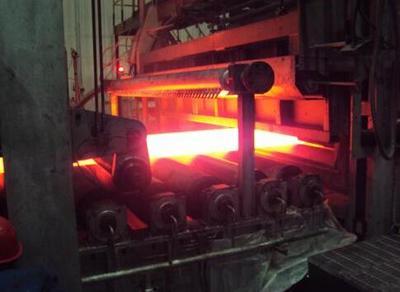
Seamless Steel Pipe Annealing Process and Purpose
The seamless steel pipe is heated to a certain temperature, kept for a certain period of time, and then slowly cooled to room temperature.
Purpose of annealing:
a. Reduce hardness and improve plasticity to facilitate cutting and cold deformation processing;
b. Refine the grain, uniform the structure of the steel, improve the performance of the steel and prepare for the subsequent heat treatment;
c. Eliminate internal stress of steel and prevent deformation and cracking of parts after processing.

Annealing category of seamless steel pipe:
1. Fully annealed
Process: Heat the steel parts to the critical temperature (the critical temperature of different steels is different, generally 710~750°C, and the critical temperature of individual alloy steels can reach 800~900°C) 30~50°C, keep it for a certain period of time, and then slowly cool down with the furnace (Or bury it in sand to cool down).
2. Spheroidizing annealing
Process: The steel parts are heated to 20-30°C above the critical temperature, and after heat preservation, they are slowly cooled to below 500°C and then air-cooled out of the furnace.
3. Stress relief annealing
Process: Heat the steel to 500~650°C, keep it warm for a certain period of time, and then slowly cool down (usually cooling with the furnace)
Purpose: Eliminate internal stress generated during welding and cold straightening of steel parts, eliminate internal stress generated during cutting of precision parts, to prevent deformation during subsequent processing and use. Stress relief annealing is suitable for all kinds of castings, forgings, welded parts and cold extruded parts.
Tips: ASTM A53 covers seamless and welded steel pipe with nominal wall thickness. The surface condition is usually black and hot-dipped galvanized. ASTM A53 is produced mainly for pressure and mechanical applications, and is also used for transport of steam, water, gas line pipes.


